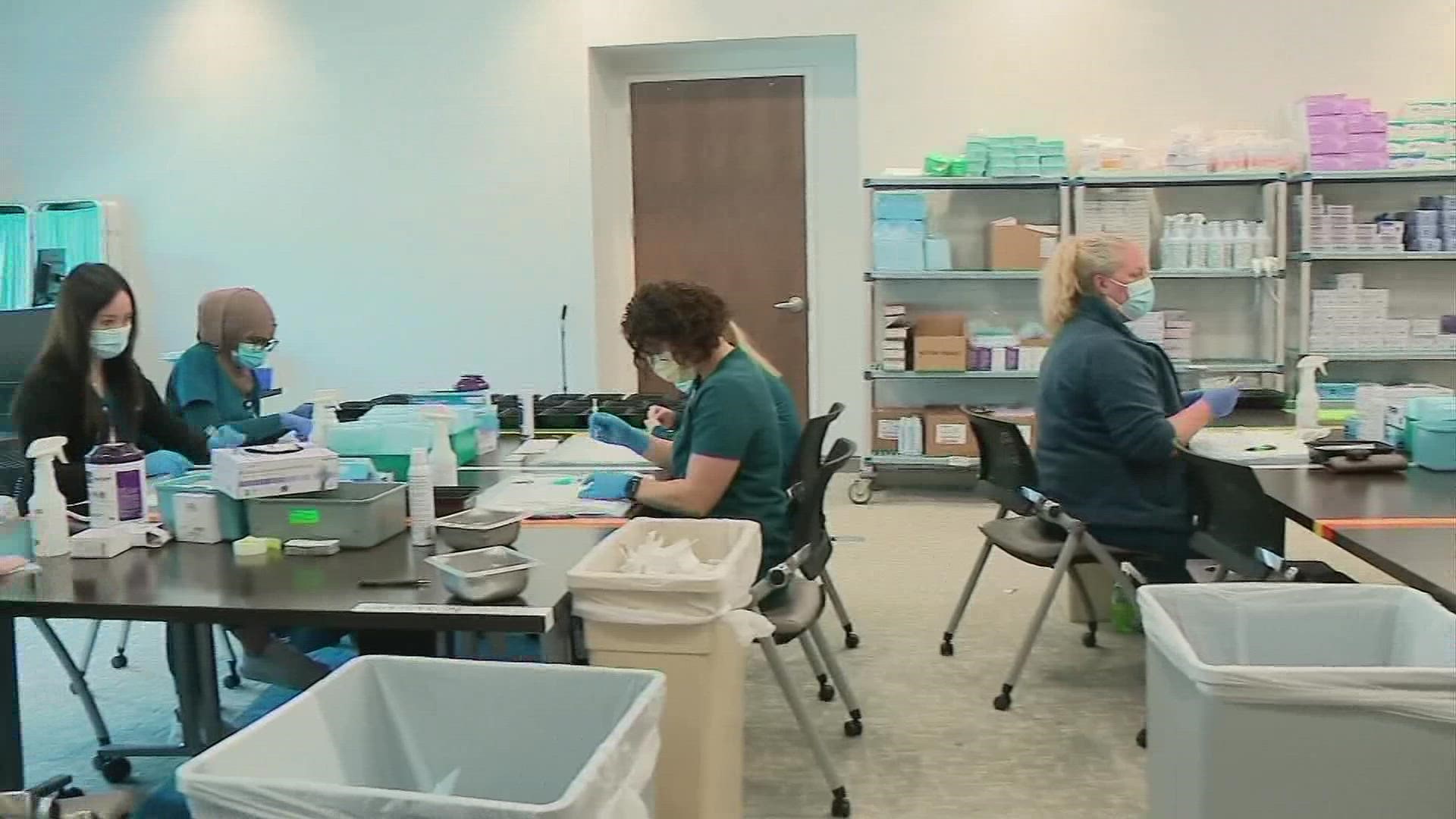COLUMBUS, Ohio — Various studies have come out about incentive programs in states across the country for people who get the COVID-19 vaccine.
Our Verify team breaks down the results and looks at Ohio's numbers.
THE QUESTION:
Did incentive programs in the U.S. and Ohio, like the Vax-A-Million lottery, work to increase COVID-19 Vaccination rates?
THE SOURCES:
- University of Colorado Denver associate professor Dr. Andrew Friedson
- The American Journal of Medicine
- The Ohio Governor's Office
THE ANSWER:
Based on research and Ohio's vaccination records, the COVID-19 vaccination rate did increase in the state by a small percentage during the vax-a-million program. But overall, incentive programs did not increase vaccination rates nationally while the programs were in place.
WHAT WE FOUND:
A study done by UC Denver, in collaboration with Bentley University, San Diego State University and the University of Oregon states that the incentive efforts in 19 different states combined, including Ohio, did little to increase vaccination rates.
Economics associate professor Andrew Friedson said there was essentially "zero difference" in vaccination rates in states that held a lottery versus those that did not.
But, the study makes a specific reference to Ohio, saying that this research looked at how all state lotteries have performed, not just Ohio.
In fact, the American Journal of Medicine published a different study stating that an additional 114,000 Ohioans received vaccinations as a result of the Vax-A-Million program.
Governor DeWine's Office doubled down on that study saying that Ohio data shows Vax-A-Million increased vaccines week over week, in all age groups.
Ohio Department of Health data shows vaccinations increased 44% the first week after the lottery was announced and 15% the following week in individuals 16 and older.
Some say the reason behind that increase could be because two days before the Ohio lottery was announced, the FDA expanded vaccine eligibility to children aged 12 to 15. But the state says vaccinations increased in every age group so according to them that theory is flawed.

